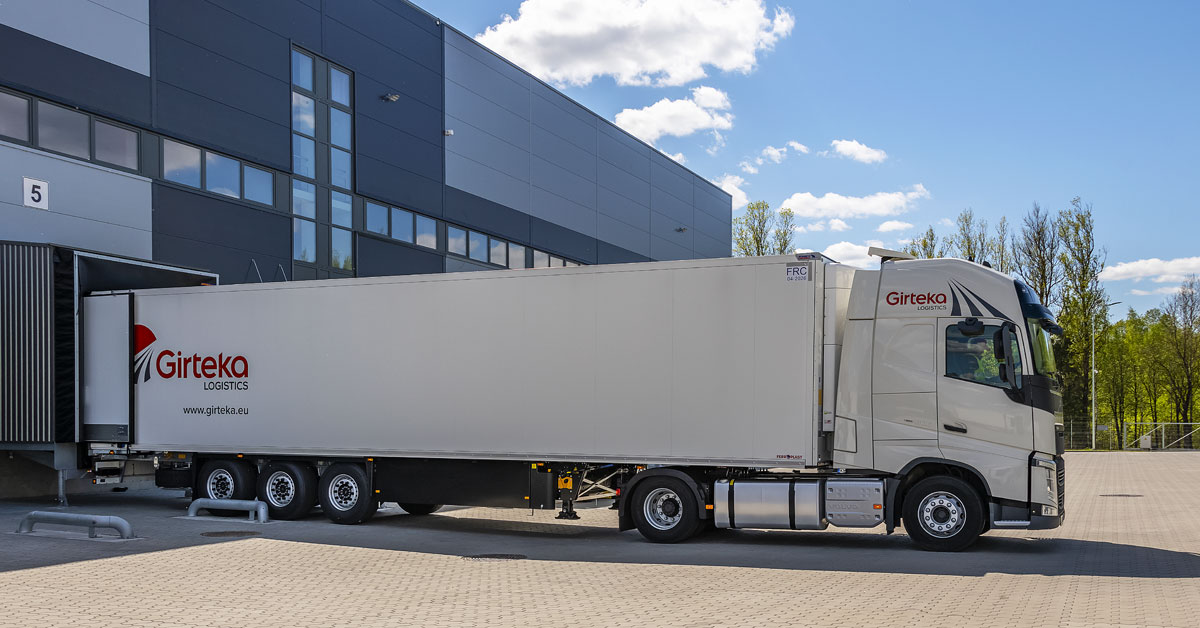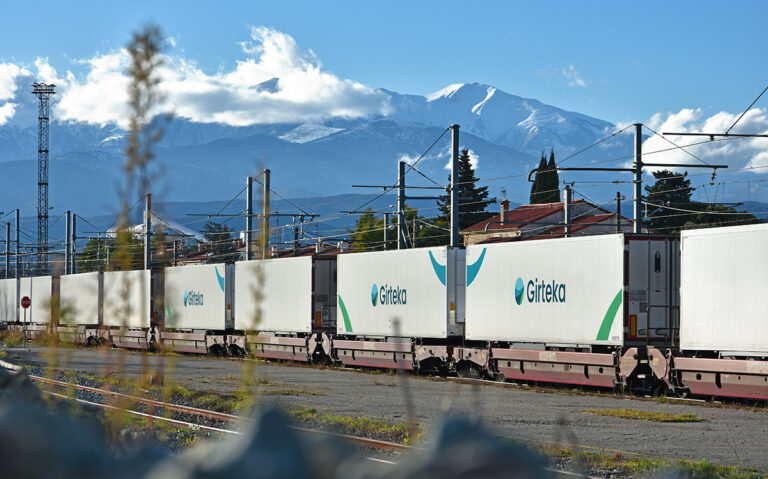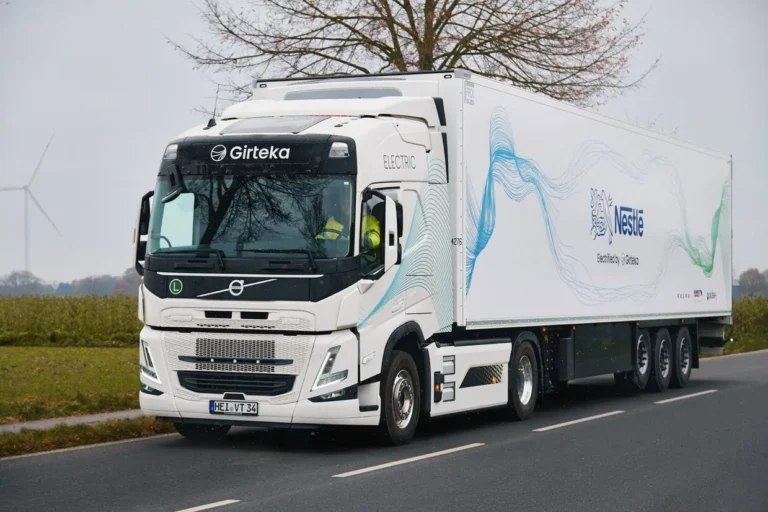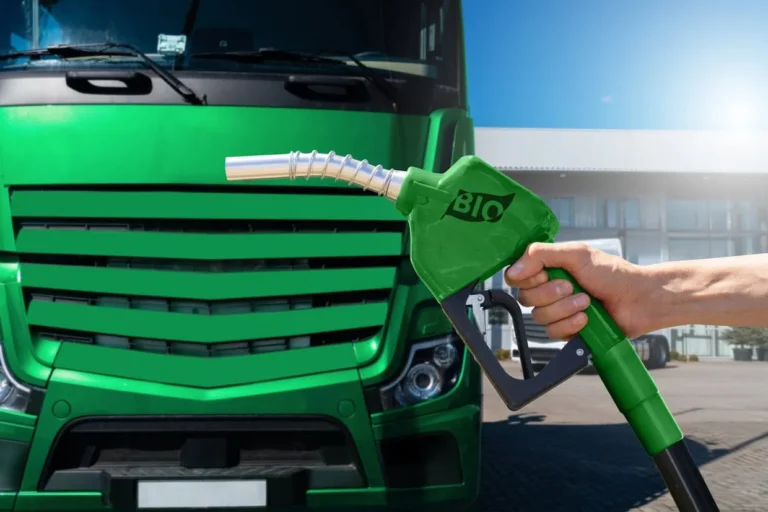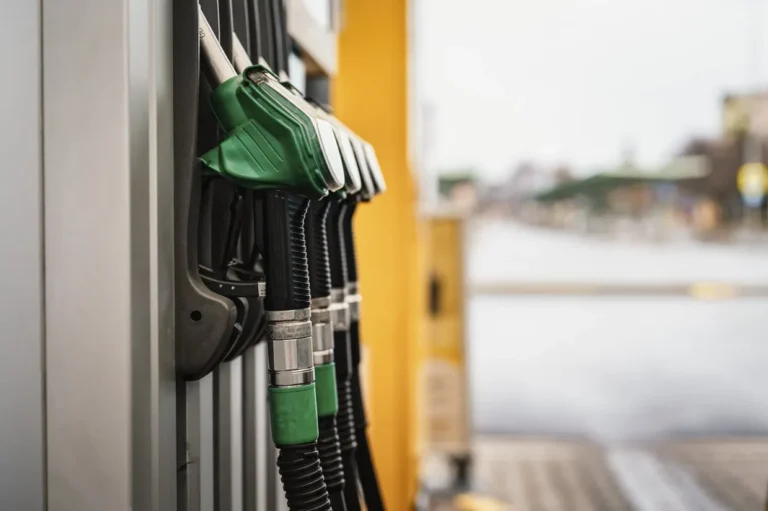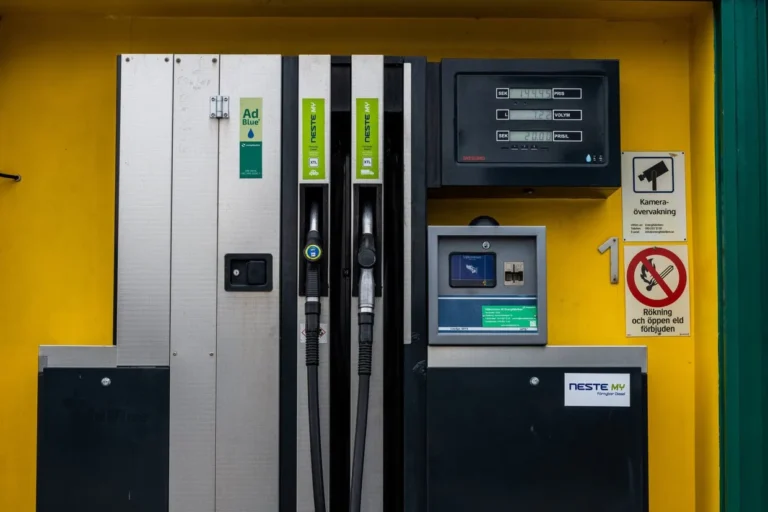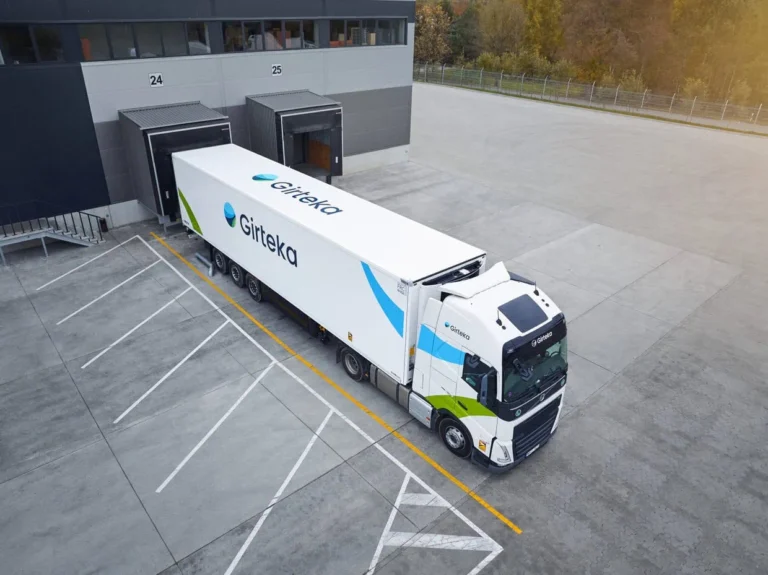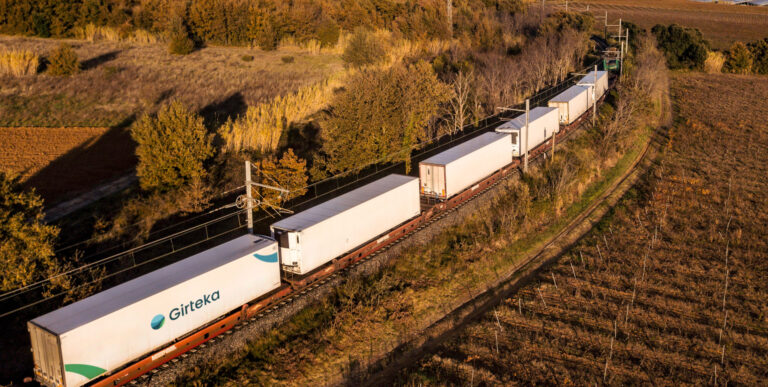Sometimes, circumstances can change in an instant. Whether it would be a lack of stock or the need to move cargo quickly, spot deliveries are a great solution to mitigate hiccups in one’s supply chain.
Short-notice full truck load (FTL) deliveries may look complicated, or on the other hand, quite simple. From the perspective of Girteka Logistics, the process begins with a request from a client to carry cargo from point A to point B, anywhere across Europe, including Russia/CIS and Middle Asia.
“The road transportation journey of a short-notice FTL delivery begins with a client’s request,” comments Šarūnas Stanislovėnas, Girteka Logistics Head of Sales and Marketing, Europe. “Simply put, what the client sees is a confirmation of his request and no more than an hour or two later, he then sees an initial offer,” he adds. In an ideal scenario, that could happen within half an hour. “Although, conditions have to be just right for that to happen.”
Still, the possibility of a load leaving on the same day is not an unlikely scenario, according to Stanislovėnas. “A scenario when a truck leaves within hours following a short-notice FTL delivery request is nothing out of the norm.”
“Fairly often, the need for speed is the prime driver behind a spot delivery. Thus, we aim to respond to these requests as soon as possible and begin, or strengthen, our relationship with a customer. Whether spot deliveries or contractual agreements, it all comes down to the fact that we aim to be the obvious choice,” he states.
Reasons behind the need for a spot delivery can vary. However, one thing is certain that more often than not, a request comes when a customer lacks road freight capacity to carry one’s goods.
Nevertheless, reasons can vary. For one, a sudden spike in demand for one’s products can be an argument to fill out a request for quotation (RFQ) form. “Whether it would be a peak season or not, we have seen sudden increases in demand for various goods – from such unique, and to some extent ridiculous, events, such as the fidget spinner craze or the demand for toilet paper at the beginning of the pandemic, when everybody was stockpiling it. That is when spot deliveries shine as they help a customer to find a road transportation solution quickly,” says Stanislovėnas.
Then there are times when some companies utilize spot deliveries because predicting demand is difficult, a case usually reserved for small businesses. On the other hand, large businesses utilize short-notice deliveries to also mitigate capacity fluctuations or anything else that might impact their ability to move goods to their intended destination.
“We also utilize spot deliveries to be more efficient,” he notes. If following a delivery to a certain location there is no outbound cargo from the company’s contractual customers, spot deliveries allow Girteka Logistics to reduce the number of empty kilometers that have to be driven. “Firstly, that allows us to be more efficient with our assets and make sure that they generate revenue on every kilometer. Secondly, we aim to reduce our potential impact on the environment, as, at the end of the day, empty kilometers have no positive effect on either the company or any other stakeholders,” he continues. Thus, the logistics company can balance the flow of cargo much easier.
Spot deliveries, despite their inherent short-term nature, can also lead to a long-term relationship between a logistics company and a customer.
“In terms of the delivery itself, there are not that many differences between a spot delivery and a contractual delivery. We still try our best to ensure the highest quality and the highest standard of services, offering a customer-tailored solution, whether it is a standard delivery of bags of concrete or more complicated deliveries, like pharma or perishable good transportation,” describes the Head of Sales and Marketing for Europe.
However, there are two main differences: price and guaranteed capacity. According to Stanislovėnas, some companies choose to go on a hunt and spot the best prices for their deliveries. “That is a high-risk game, as the price of road transportation is a living organism that changes on a daily, sometimes even on an hourly basis,” he adds. Price changes depending on several factors, including capacity in the region where the delivery hails from, something that can be very volatile during peak seasons.
“There are no two ways about it, price is a crucial aspect in logistics. What is also crucial is making sure your goods arrive there on time – and spot deliveries might not always be a viable option, as capacity fluctuations between regions could result in us, simply put, not being able to offer anything on short notice.”
Nevertheless, short-notice full truck load (FTL) deliveries can be used as a stepping stone. “We have used spot deliveries as a chance to introduce ourselves and let our expertise and work speak for ourselves, eventually signing a long-term contract with a customer following one or several successful short-notice deliveries,” notes Stanislovėnas.
“While the delivery itself has little differences, contractual deliveries have a safety net that guarantees capacity when a client needs it. Knowing the fact that a customer will need a certain amount of trucks on a certain day, we can work together with our planning team to ensure that capacity – something that we cannot guarantee if a customer would operate on a constant short-notice-basis,” concludes the Head of Sales and Marketing for Europe. “That is not to discredit spot deliveries, as they do have and will play a role in logistics in years to come, as that is the nature of the business – you will never know what is going to happen tomorrow.”
